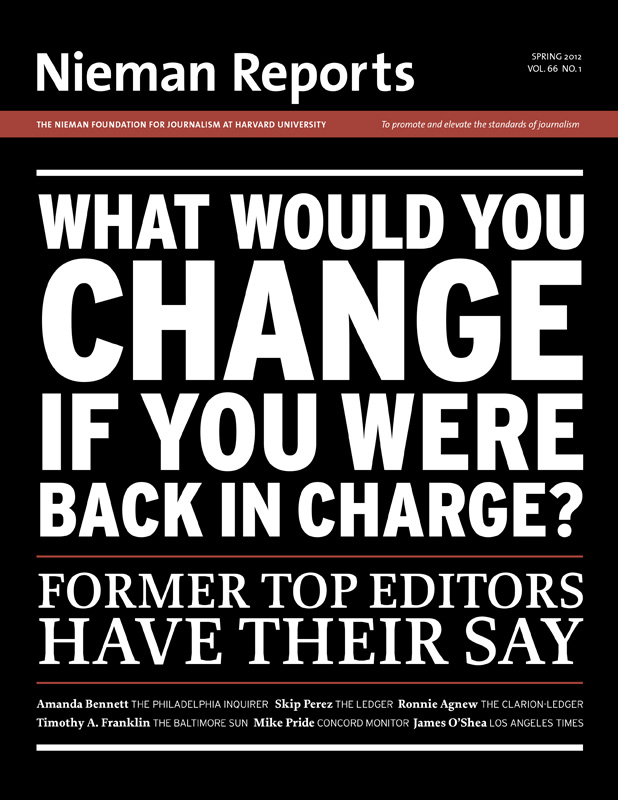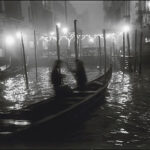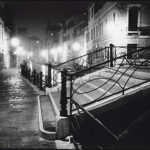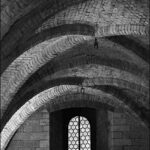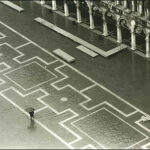George Bernard Shaw, the fiery playwright known for, among other things, proclaiming, "He who can, does. He who can't, teaches," never came up against the sea change shaking journalism.
His observation has been used for decades to disparage teachers as somehow less than competent practitioners of a craft. Shaw's snarky comment presupposed that all one had to do to be successful at something was to excel at it. Tell that to the legion of men and women—reporters, photographers, editors and others who were doing first-rate work on newspapers, magazines and wire services—who have been downsized or simply fired from jobs they thought they would keep for life.
In today's world, Shaw's words might be transformed into something like this: "Those who can, do. Those who can and are fired anyway, reinvent themselves."
Take me, for example. After 20 years as a reporter and editor in the Washington bureau of New York's Daily News, I saw the handwriting on the wall in 1987, negotiated a great buyout for myself (ah, those were the days), and went into business with my new wife Judy as a commercial photographer, doing everything from annual reports to weddings. (I had been a photographer as long as I had been a writer and vice versa.)
Within five years I also became a freelance photography columnist for The Washington Post, first for the printed Weekend section, then for Washingtonpost.com.
At one point Judy and I were bringing down six figures doing some 50 weddings a year. We were considered among the best wedding shooters in town and my Post column was so popular that in 2002 "Talking Photography," a collection of 10 years of columns, was published.
As always, things change. A generation of out-of-work news photographers gravitated to wedding work, creating not only more competition for us, but competition that often low-balled us. And younger photographers always were entering the field, making our position even tougher to maintain.
At The Washington Post, the website suffered more and more cuts. Not surprisingly, after 19 years my column was dropped.
Given these lemons, it was time to make lemonade. First, I took control of my column, continuing to do it on my own, while securing agreement from the Post to maintain my existing online column archive.
I was always a very good public speaker—able to deliver a message succinctly and well, as would any good reporter in print—and, on top of that, I was enough of a ham that I loved doing it. I vowed to turn this talent into a moneymaker.
My first sustained experience as a speaker had come during the many appearances I made before D.C. area camera clubs to judge competitions or present an evening's program. But arguably the impetus for all that my wife and I are doing today came in 1998 when a travel agent, whose husband was a fan of my column, asked if I would be interested in leading a photo tour in Venice during Carnevale.
Not only did Judy and I have a ball during that week of teaching and touring, but the great photos we got convinced me that my next book would be a collaboration between us on Venice in winter.
Thus, two paths opened up: joint photography books and international workshops. Judy and I collaborated on "Serenissima: Venice in Winter," and that, in turn led us to our annual photography workshops in Umbria. We did our first book signing for "Serenissima" at an Italian specialty shop in Bethesda, Maryland. When we mentioned that we wanted to teach more workshops, the shop owners offered us use of their villa in Umbria. That was in 2010. We have never looked back.
Our summer photo workshops on the Maine coast sell out, and we host photo tours in Umbria during May and October. All that's left is an annual workshop in Venice—in the winter. That's likely to start next year.
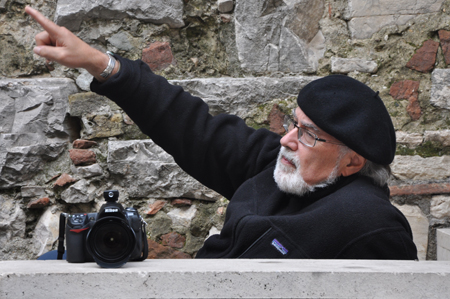
Frank Van Riper, a 1979 Nieman Fellow, is a documentary and fine art photographer, journalist and author. His most recent book, "Serenissima: Venice in Winter," is a collaboration with his wife Judith Goodman. Information about their photography workshops is online at www.experienceumbria.com and www.summerkeys.com.

